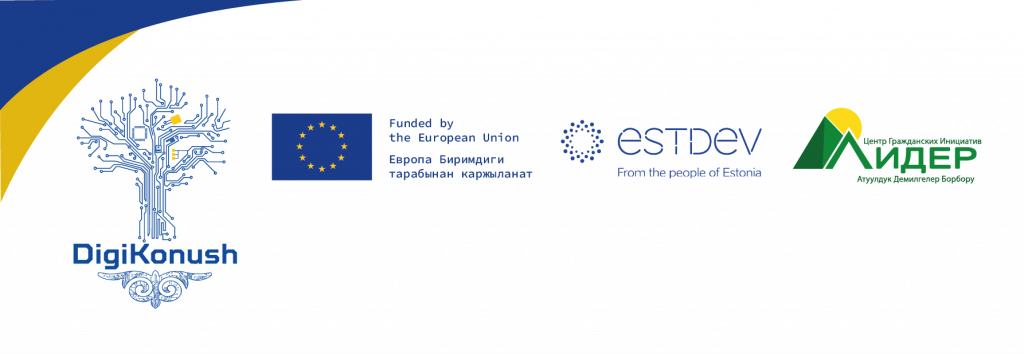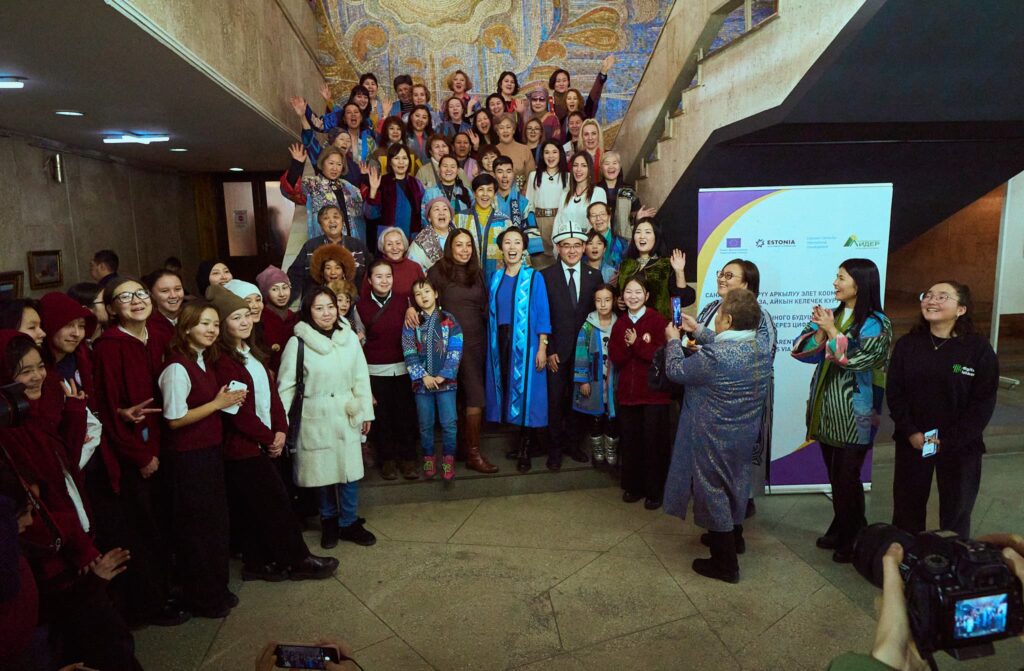
January 27 at the National Museum of Fine Arts. G. Aitiev, the closing ceremony of the digital exhibition «KURAK Encyclopedia» was held, which was attended by Head of the European Union Delegation to the Kyrgyz Republic Marilyn Josefson, Deputy Minister of Culture, Information, Sports and Youth Policy of the Kyrgyz Republic Chyngyz Esengul uulu and others.
Thanking the organizers and participants of the exposition for their enthusiasm and work, EU Ambassador emphasized the importance of that event:
«The exhibition links the past to the future and unites people of different generations. As the European Union, we are very proud to support this initiative, also because it is in line with the three main areas of EU activity in the Kyrgyz Republic: rural development, digitalization and environmental protection. And by placing these works in the digital environment, now you can share them not only in Kyrgyzstan, but also with the whole world,” M. Josefson noted.
In turn, Deputy Minister of Culture, Information, Sports and Youth Policy of the Kyrgyz Republic Chyngyz Esengul uulu welcomed the participants on behalf of Minister Altynbek Maksutov:
«As you know, in 2021, according to the Decree of the President of the Kyrgyz Republic, the concept “On the Spiritual and Moral Development and Physical Education of the Personality” was approved, within which a set of measures was developed to disseminate national patterns “Saima”, and this exhibition makes a great contribution to its implementation. I thank Madame Ambassador and our partners for this opportunity and look forward to further cooperation for the development of our culture,” the Minister said in a speech.
In addition to the exposition itself, the guests were shown a master class on the kurak technique and a fashion show of clothes made in the technique of patchwork.
According to one of the participants of the exhibition, the founder of the Eco Kurak project, a trainer in this technique Cholpon Alamanova, her students use only waste from the sewing industry, which is of great benefit to the local ecology:
«Previously, kurak was collected due to a shortage of fabrics, which were worth their weight in gold. Now Kurak has a new function due to an overabundance of materials. Garment production is developed in Kyrgyzstan and sewing workshops throw out tons of waste every day. My students and I go around them and collect shreds. In class, I show how they can be used to make new clothes and beautiful home decor items that can be sold or donated. This creativity also contributes to the fact that the shreds are not burned and thus do not spoil the air, turning it into smog that we breathe,” notes Ch. Alamanova.
Recall, the digital exhibition «Encyclopedia Kurak» was developed as a sub-grant by the public association «Women’s Forum Kurak» within the European Union project «Digikonush — Building transparent future for rural communities via digitalization», which is implemented by the «Leader» (Kyrgyzstan) and the Estonian Center for International Development (Tallinn). As part of it, the exhibits of the Kyrgyz National Museum of Fine Arts named after. G. Aitiev, dated from 1916 to the present time (more than 100 years) have been digitized. The exhibition is a 20-minute show with voice accompaniment in Kyrgyz, Russian and English, telling about the history of kurak art. It lasted from January 20 to 27 and is now transferred to the museum for further preservation and development.
